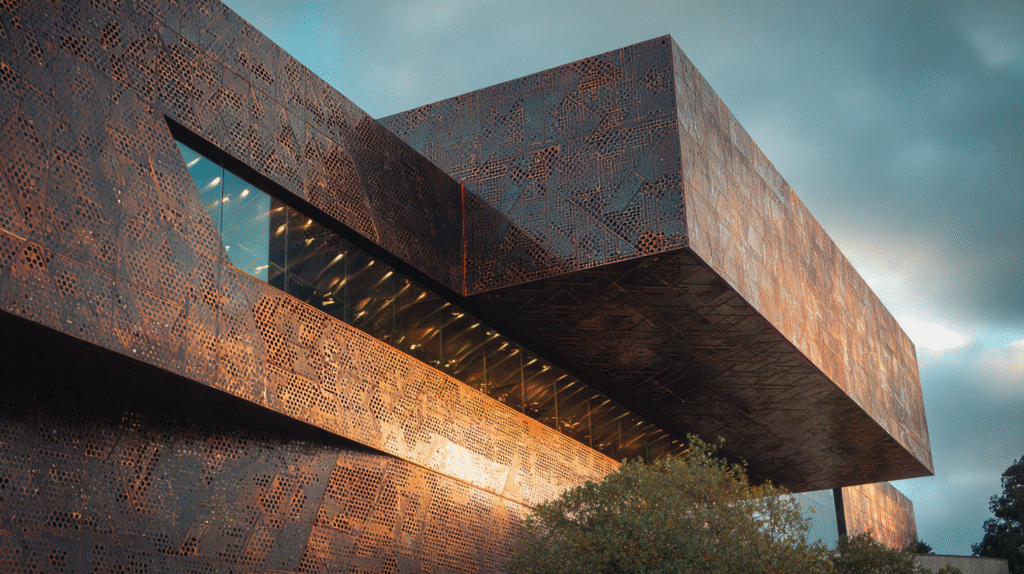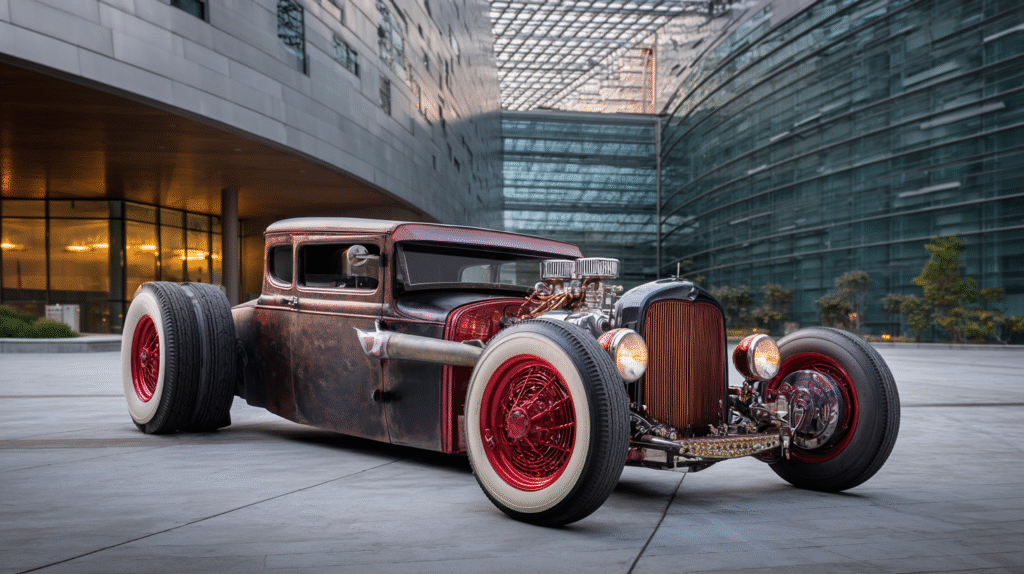In a world accustomed to focusing on achieving perfection, a quieter movement is gaining momentum—one that incorporates imperfection into perfection. A movement that celebrates time and the beauty of wear. This movement, known as planned patina, is redefining our perceptions of luxury, value, and beauty. Once considered a byproduct of aging or neglect, patina—the sheen, discoloration, or texture that emerges over time—has become a symbol of authenticity and craftsmanship. But today’s designers are no longer waiting decades for it to appear. Instead, they’re integrating it deliberately, inviting time and use to become collaborators in the creative process.

For example, the De Young Museum’s exterior features a copper facade with a stamped texture that represents light filtering through leaves. Copper was intentionally chosen because it would patina over time, blending into its surroundings.

At the heart of this movement is a rejection of flawless, factory-fresh aesthetics, combined with the impact of climate change. Intentionally or unintentionally, society is beginning to learn from our super consumerism ( fast fashion, difficult-to-recycle packaging, and cheap plastic high-volume products) that not only are warn objects comfortable, but if designed well, they can be attractive too.

From a custom rat-rod to oxidized brass faucets, untreated leather furniture, and hand-thrown ceramic bowls, planned patina brings a sense of life and depth that synthetic finishes often lack. It signals a return to materials that age honestly—copper that darkens, wood that scuffs, stone that chips.
It’s not just an aesthetic decision—it’s a philosophical one. Planned patina taps into a broader cultural shift: a desire for designs that feel rooted, real, resilient, and responsible.
Recommended products
-
SPELLBOUND TEE
Original price was: $40.00.$38.00Current price is: $38.00. -
Slygrn T-Shirt Article IV
Original price was: $50.00.$30.00Current price is: $30.00. -
Slygrn T-Shirt E10
Original price was: $50.00.$30.00Current price is: $30.00. -
Slygrn T-Shirt IDEA
Original price was: $50.00.$30.00Current price is: $30.00.




